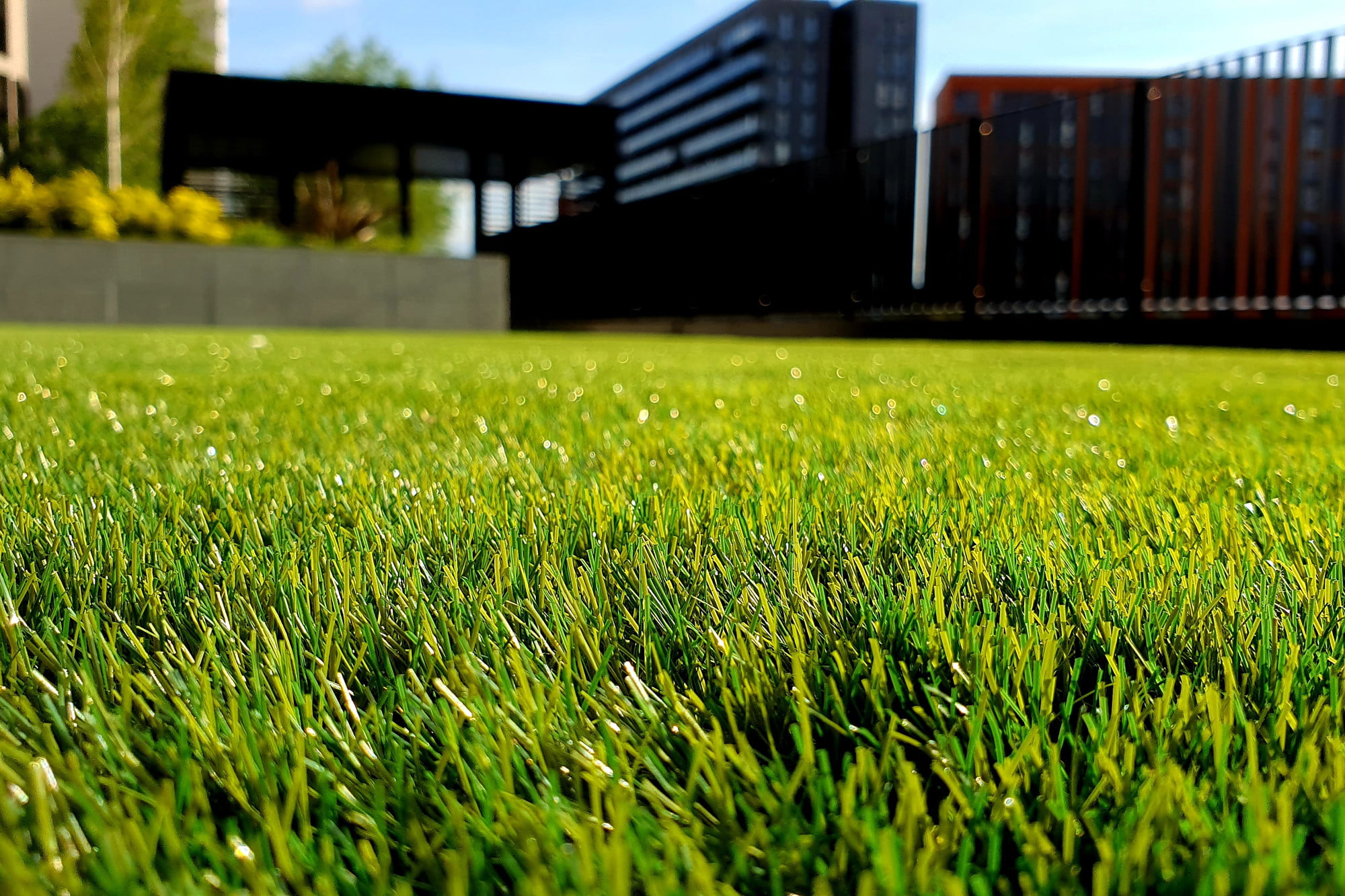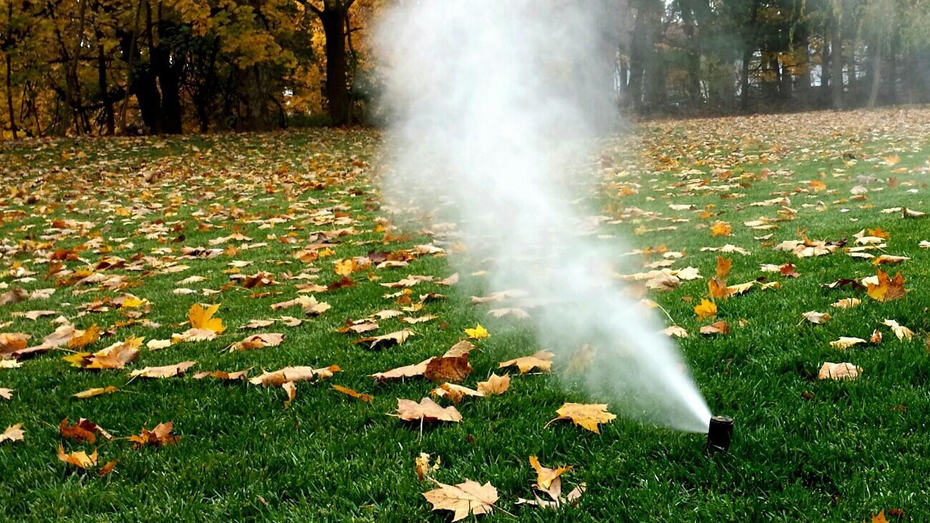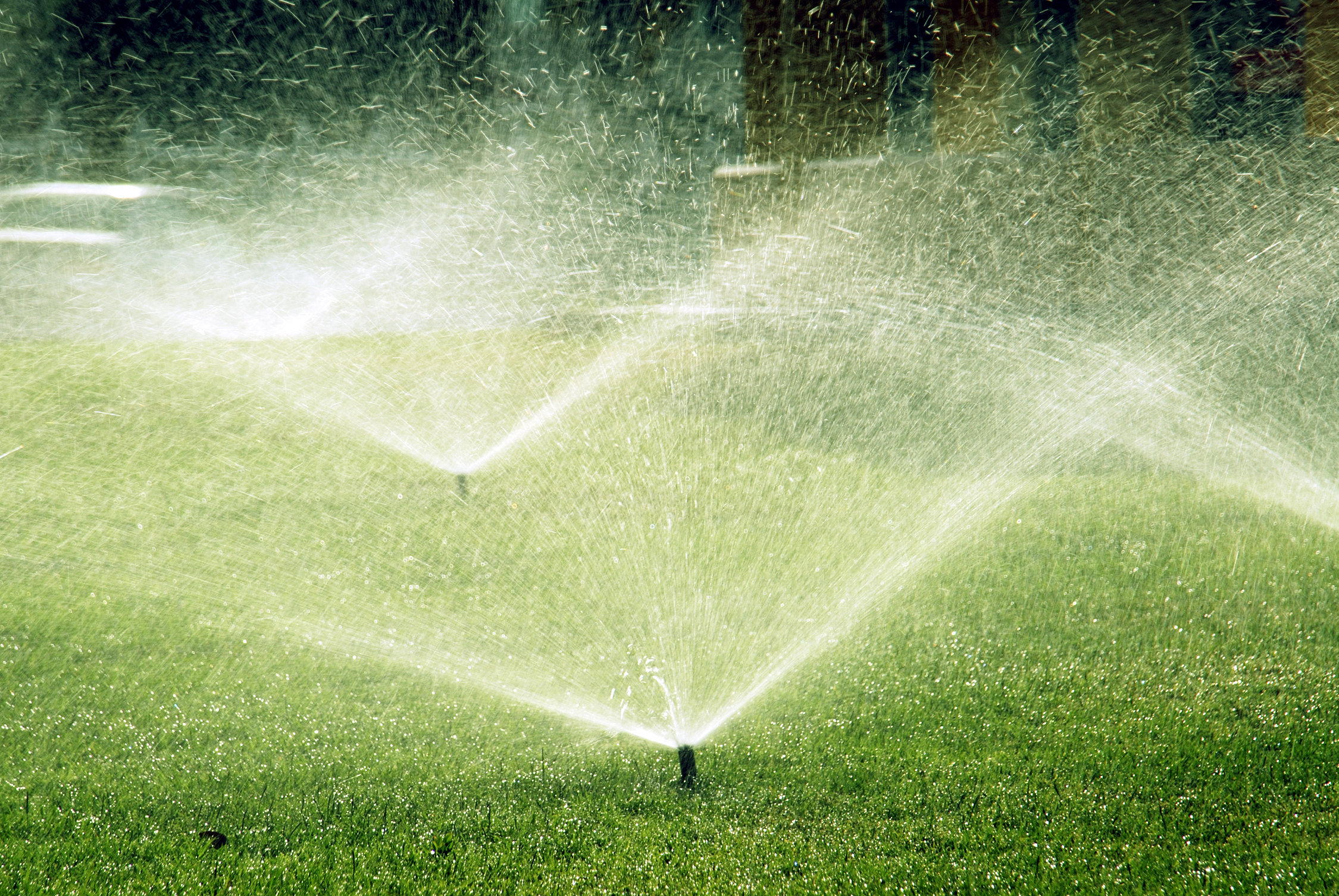30 Dec End of Winter and Early Spring Lawn Care
Contrary to what one may believe, lawn care and maintenance is an important responsibility year-round. While it may not seem like proper maintenance is necessary during the winter and early spring, failing to keep up on it can cause your lawn to die out and become a bigger issue when late spring rolls around.
In the DFW area, grass doesn’t stop growing entirely. Continuing with a regular mowing schedule, managing weeds, and setting your sprinklers accordingly is important to keep your grass alive. These tasks can seem like a lot, especially if you have a busy schedule already. Because of that, hiring out the work will benefit both you and your lawn in the long run.
In this article, we’ll cover the ins and outs of proper lawn maintenance during the late winter and early spring. By the end, you should have a good idea of what you need to do to ensure your lawn looks healthy and beautiful when the warm season rolls around.
Winter Lawn Mowing
For your last major mow of the season, it’s best to create a close cut and bag your grass clippings. Doing this will remove any build-up and dislodge things like acorns, leaves, and other natural materials from the ground. Throughout the winter, you’ll want to mow on a bi-weekly basis to keep the cut close to the ground.
Once you reach mid-spring, you’ll have a lawn that is far easier to upkeep than you would if you didn’t spend the time keeping your grass close-cut and loose of natural materials.
Winter Weed Management
Your grass won’t stop growing completely in the winter and that means weeds aren’t going to stop growing either. With any weed, it’s best to get rid of the issue before it even starts. As any person knows, weeds are notorious for getting out of hand very quickly.
Whether you choose to use chemicals, natural alternatives, or pull them yourself. All problems with weeds should be taken care of as soon as possible.
Adjust Your Sprinkler System as Necessary
Winters are generally pretty mild in the DFW area, so you’re still going to want to ensure your lawn is getting the right amount of water. Many sprinkler systems come equipped with a winter setting that allows you to change the timing from a summer schedule of three times per week to a winter schedule of once weekly.
There are also usually rain and freeze sensors for you to reference. These sensors will tell you if the water has reached the point of freezing or if the ground has enough moisture from natural elements.
Hire Out Your Lawn Care
To make law maintenance easier, it may be helpful to hire out the maintenance responsibilities your lawn needs. At StreamLine Designs, we offer services that cover everything mentioned in this article. We’ll also work with you to come up with a landscape maintenance plan that fits your unique needs.
Our crew offers service year-round, so you don’t have to worry about any point where you’d need to perform these tasks on your own. From mowing and weed management to sprinkler system installation and upkeep, we’ve got you covered.


